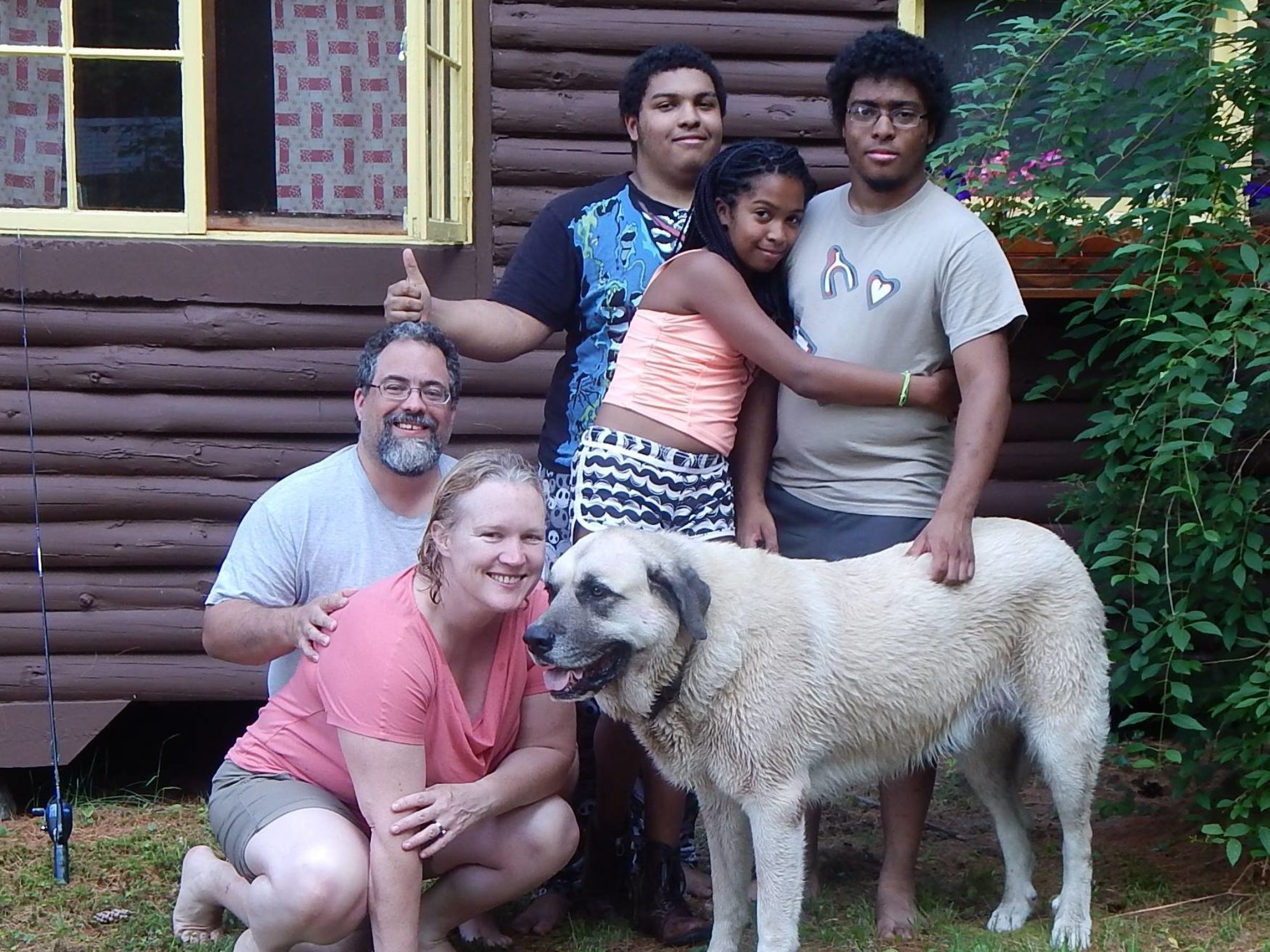Note: Ken Ham, and indeed all of Answers in Genesis and similar organizations, is, I can no longer conclude otherwise, simply a liar. I’ve experienced it in person. Anyone who suggests that young earth creationism can be supported scientifically is
I’m going to leave this link from the excellent BioLogos organization to illustrate a common problem: AiG consistently and constantly misrepresents reality. https://biologos.org/articles/soft-tissue-in-dinosaur-bones-what-does-the-evidence-really-say . I choose this because I’ve heard Ken Ham, in person, completely misrepresent the work of paleontologist Mary Schweitzer. Enough!
The previous parts of this post were were written when I was ignorant.
—–
Yesterday evening the boys and I attended the Answers in Genesis conference hosted by Merrimack Valley Baptist Church, featuring Dr. Ken Ham. (See event details, including driving directions here.)
There are two more sessions this evening. I highly recommend attending. Dr. Ham is an excellent presenter, and teaches in ways that are both fascinating and amusing.
I’ve now attended three different Creation Science conferences: Dr. Ham’s presentations are on par with the excellent work of the Institute for Creation Research. (There is a third, very well-known Creation Science presenter I’ve seen whose seemed to go off-topic at times, and who left me feeling he was a bit loopy when he did so.) [No, ICR and AiG are not excellent. The other guy mentioned was and is racist and vile. I was very, very ignorant.]
There were a few things which were of particular interest to me, although everything was interesting:
- Not a single point mutation ever studied has resulted in an increase of genetic information: They have all (all that we have studied so far, at least) removed information. It turns out that the things we dread, like bacterial resistance to antibiotics, are due to genetic information being lost from the strains. (In one specific example, mutation removed the ability to produce an enzyme that converted the antibiotic to poison within the bacterium, making a particular antibiotic ineffective.) [No, this is not remotely true.]
- The explanations of how specific breeds of dogs show subsamples of a more genetically diverse gene pool were excellent. He referred to his wife’s expensive-to-care-for hypoallergenic poodle-type dog as, “my wife’s degenerate, mutant dog.” I have always been fascinated by genetics, and enjoyed this part of the presentations immensely. [No, this is not remotely true, and is an entirely nonparallel comparison.]
- During an explanation of 14C (Carbon 14) dating versus K-AR (Potassium-Argon) dating, Dr. Ham presented a find from a mine in Australia, where samples of fossil trees (not petrified) were found embedded in the bottom of a basalt layer. The layer was K-AR dated at 36 to 45 million years old, while the wood was radiocarbon dated to about 45,000 years old. They can’t both be correct, especially as 14C isn’t supposed to persist in measurable quantities for more then 100,000 years. [No, this is not remotely true; the single sample so found was mishandled and contaminated.]
Dr. Ham has blogged about this conference himself here.
Enjoy.


